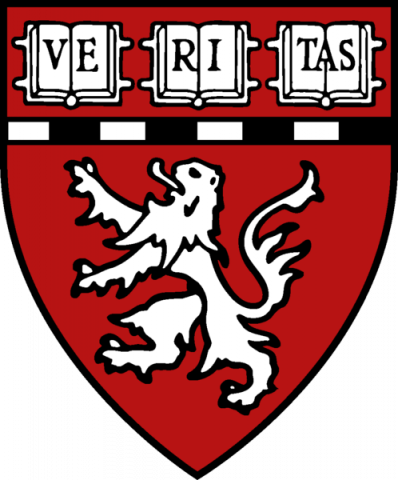The feedback-related negativity (FRN) is a commonly observed potential in scalp electroencephalography (EEG) studies related to the valence of feedback about a subject’s performance. This potential classically manifests as a negative deflection in medial frontocentral EEG contacts following negative feedback. Recent work has shown prominence of theta power in the spectral composition of the FRN, […]
motivated by curiosity.
An open source 3-d printed modular micro-drive system for acute neurophysiology
Current, commercial, electrode micro-drives that allow independent positioning of multiple electrodes are expensive. Custom designed solutions developed by individual laboratories require fabrication by experienced machinists working in well equipped machine shops and are therefore difficult to disseminate into widespread use. Here, we present an easy to assemble modular micro-drive system for acute primate neurophysiology (PriED) […]
Studying task-related activity of individual neurons in the human brain
Single neuronal studies remain the gold standard for studying brain function. Here, we describe a protocol for studying task-related single neuronal activity in human subjects during neurosurgical procedures involving microelectrode recordings. This protocol has two phases: a pre-operative and intra-operative phase. During the pre-operative phase we discuss informed consent, equipment setup, and behavioral testing. During […]
Human single neuron reward processing in the basal ganglia and anterior cingulate
Animals are fundamentally governed by rewards. It is a central component of our behavior and the pursuit of which represents the integration of a broad range of cognitive capacities. These functions take place in a distributed reward network and include regions such as the frontal cortex, cingulate cortex, basal ganglia, and midbrain dopaminergic systems (see […]
Encoding of rules by neurons in the human dorsolateral prefrontal cortex
We use rules to extend learned behavior beyond specific instances to general scenarios. The prefrontal cortex (PFC) is thought to play an important role in representing rules, as evidenced by subjects who have difficulty in following rules after PFC damage and by animal studies demonstrating rule sensitivity of individual PFC neurons. How rules are instantiated […]
Lesion procedures in psychiatric neurosurgery
Lesion procedures for psychiatric indications have a history that spans more than a century. In this review, we provide a brief history of psychiatric surgery and address the most recent literature on lesion surgery for the treatment of anxiety and mood disorders.
Human dorsal anterior cingulate cortex neurons mediate ongoing behavioural adaptation
The ability to optimize behavioural performance when confronted with continuously evolving environmental demands is a key element of human cognition. The dorsal anterior cingulate cortex (dACC), which lies on the medial surface of the frontal lobes, is important in regulating cognitive control. Hypotheses about its function include guiding reward-based decision making, monitoring for conflict between […]
Single-neuron responses in the human nucleus accumbens during a financial decision-making task
Linking values to actions and evaluating expectations relative to outcomes are both central to reinforcement learning and are thought to underlie financial decision-making. However, neurophysiology studies of these processes in humans remain limited. Here, we recorded the activity of single human nucleus accumbens neurons while subjects performed a gambling task. We show that the nucleus […]


